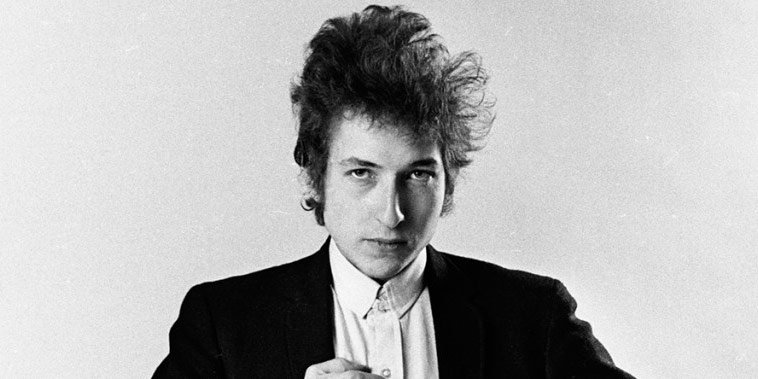As I contemplate the many pleasant afternoons in my life, oddly enough, it’s one of the non-carnal ones to which I often return in memory.
It was an afternoon in the Tune Town record shop in Bowling Green, Kentucky. I was still in my twenties, a young dad, and I was there to pick up a book I’d lent to the guy behind the counter, Bill Lloyd.
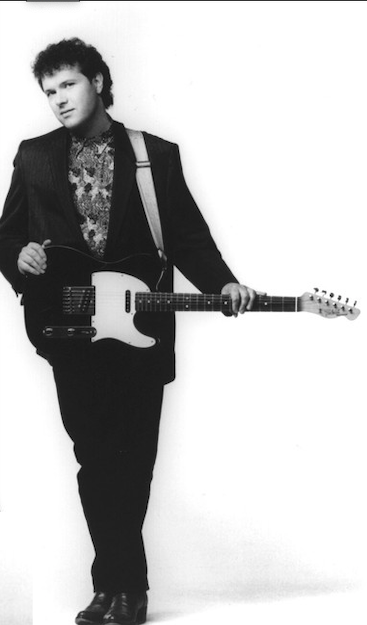
Yes, that Bill Lloyd, A few years later, he was half of Foster & Lloyd and on his way to his career as one of the most admired, beloved and respected musicians in Nashville.
But on that day, he wanted to return my copy of It’s Too Late to Stop Now, a book of essays by Jon Landau, who had forsaken writing about music to become Svengali for Bruce Springsteen.
I went to pick up the book but luckily the afternoon went as I’d hoped and elongated. It became an adult playdate.
You’ve got to hear this, he said — again and again.
It was a weekday, so the store was essentially ours. A few customers came and went, but Bill kept pulling records from under the counter and popping them on the store turntable.
He guided me through an afternoon of songs — wonderful, swirling music, stuff I’d never heard before. With the record shop at his disposal, he took me through his world, and played me stuff from Buddy Holly’s demos, recorded in his apartment just weeks before his death. He introduced me to The Dictators Go Girl Crazy and I became a lifelong fan of Handsome Dick Manitoba. I was stunned by the import-only White Trails by Englishman Chris Rainbow. That was a thrilling collection heavily influenced by the Sunflower / Surf’s Up era of The Beach Boys.
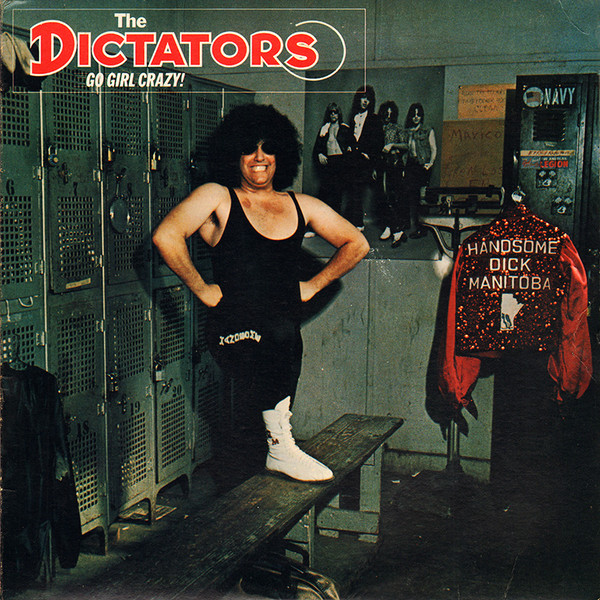
I kept notes in the plain pages at the back of the Landau book. Within a couple of years, I’d tracked down and bought all of the records Bill played for me that day.
I love adult playdates and now I feel as if I’ve had another rewarding musical afternoon, this time with Bob Dylan.
Dylan’s new book, The Philosophy of Modern Song, is sort of like that long-ago afternoon with Bill Lloyd, only without the music. (I hope a soundtrack album to Dylan’s book is imminent.)
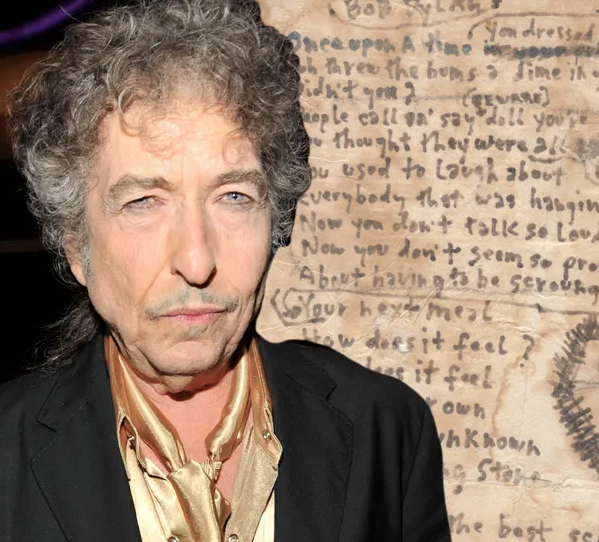
It’s as if we’re seated on the floor in front of the turntable, and Dylan is flipping through his albums saying, You’ve got to hear this.
He’s picked out 66 songs from all across the musical map, and he tells us about them. There are no details about recording and only once or twice does he examine the songs from a professional songwriter’s viewpoint. He never indulges in self-reference, about a particular song’s influence or ways in which he would approach the same material.
So it’s not a discographical reference. Like a lot of Dylan’s prose, it’s fanciful, often hilarious, and notoriously unreliable. We assume the recording details at the front of every chapter are correct, but all bets are off when it comes to his flights of fancy.
And he takes such flights frequently. With several songs, he goes off on wild tangents.
Consider this meditation on footwear, which I excerpt I from his commentary on “Blue Suede Shoes” by Carl Perkins:
There are more songs about shoes than there are about hats, pants and dresses combined. Ray Price’s keep walking back to him. Betty Lou got a new pair. Chuck Willis didn’t want to hang his up. Shoes reveal character, station and personality. But for all that shoes revealed, they did not give up their secrets easily. [Consider] the white buck, a shoe so proud if its immaculate surface that it came with a small brush to buff any blemish from existence. And one can’t forget blue suede shoes. Has ever a shoe proclaimed its frivolity more joyously? Has any article of clothing ever said more plainly that it wasn’t meant for the farm, that it wasn’t meant to step in pig shit? Poor Carl Perkins, watching Elvis Presley sing his song “Blue Suede Shoes” on TV in 1956 from a hospital bed. At that point, Carl’s version had sold a million copies, but a car accident slowed the momentum of Carl’s career and it never truly recovered. Elvis, on the other hand, was all sullen eyes and sharp cheekbones, backwoods-born but city-livin’, truck-drivin’, hip-shakin’ with a feral whiff of danger. Carl wrote this song, but if Elvis was alive today, he’d be the one to have a deal with Nike.
Feral whiff? It’s writing like that that makes me wish Dylan published prose more often.
Turns out he’s not just the winner of the Nobel Prize for Literature, he’s also the master of the Dad Joke.
These vamps are like transcriptions from those off-the-wall monologues Dylan used to deliver when he hosted his Theme Time Radio Hour on satellite radio. The book is much like the show in the sense that he wants to educate us about the music that made him.
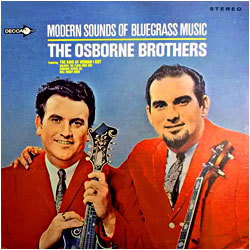
A treatise on the bluegrass music of the Osborne Brothers’ 1957 recording of “Ruby, Are You Mad?” somehow morphs into a discussion of heavy metal music. He concludes the two forms of music have a lot in common: “This [bluegrass music] is speed metal without the embarrassment of Spandex and junior high school devil worship.”
He loves tall tales. Discussing Roy Orbison’s “Blue Bayou,” he references Linda Ronstadt’s hit version of the song. “A lot of people cite The Dickson Baseball Dictionary as listing ‘Linda Ronstadt’ as a synonym for a baseball,” he deadpans, because the ball “‘blew by you.’ When Herb Carneal announced a Twins game and the opposing team’s batter would take a strike off a fastball, Herb would giddily exclaim, ‘Thank you, Roy Orbison.’”
There’s no such entry in my edition of the Dickson book, but why quibble. I’m not sure Dylan’s writing would last more than a couple of minutes in the fact-checking department of The New Yorker. Those carnivorous Keepers of Truth would roll up the manuscript and toss it in the dustbin. But who cares? Dylan’s obviously having fun.
Except when he isn’t. There are a couple startling essays on music than turn tragic and unforgettable. You’re laughing along with his word play and then suddenly shocked into silence.
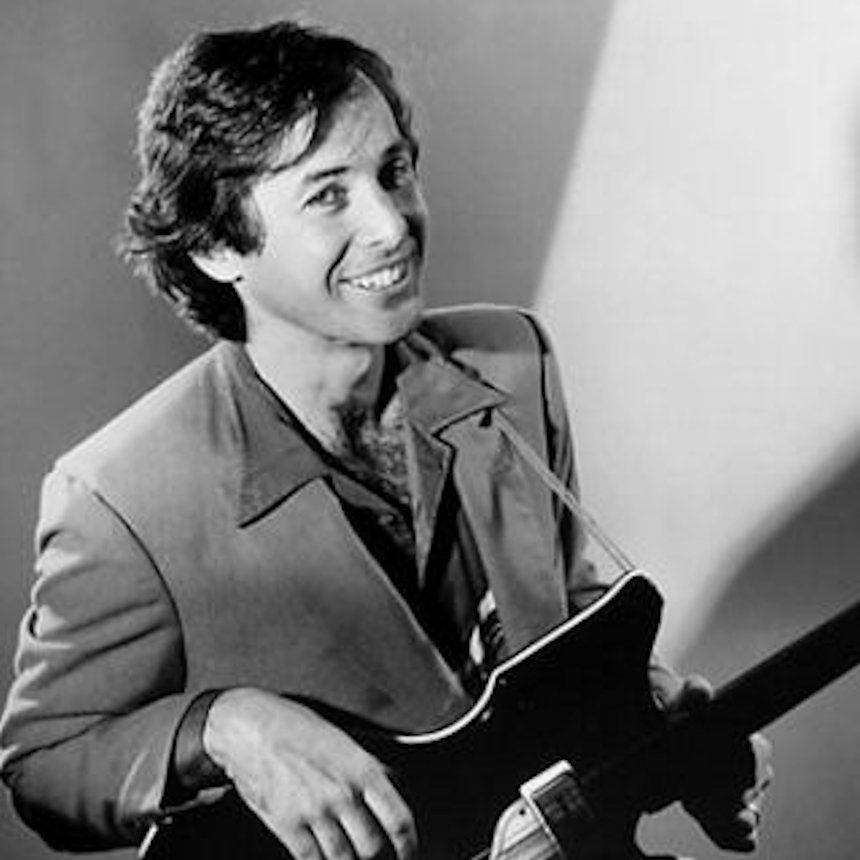
Somewhere, Ry Cooder is blushing. Dylan lavishes the great guitarist with Himalayas of praise. His chapter on “Old Violin” reminds me that I need to rethink Johnny Paycheck. I’m suddenly questioning if I missed something in the singing of Perry Como. And what love Dylan’s shows Judy Garland.
The artists range from hillbillies to rappers, with Frank Sinatra, Rosemary Clooney and Bing Crosby thrown in, alongside The Clash, Harold Melvin & the Blue Notes and artists you’ve never heard of. He cares little for political correctness and says, at one point ,that as a field of knowledge expands and is stretched tighter, the skin of society becomes too thin for the comfort of ideas.
There’s a lot of pocket wisdom in the book and it’s as if he just used the premise of writing about records to reveal this wonderment of prose writing.
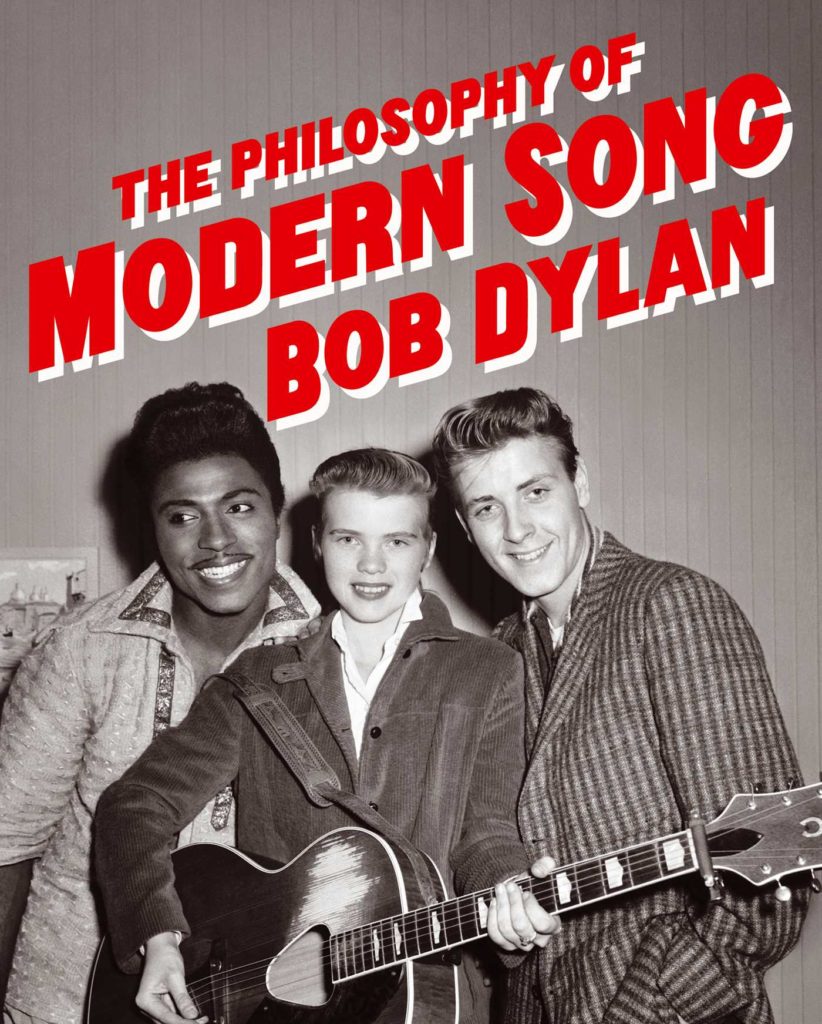
Note: There are no entries for The Beatles, The Beach Boys, The Rolling Stones or Dylan.
It’s a beautiful book, filled with oddball and esoteric illustrations. The cover features Little Richard, Alis Lesley (she called herself the Female Elvis) and the great and doomed Eddie Cochran.
As much as I love hard copies, I supplemented this purchase of paper with the audio version of the book. I heard Bob was doing part of the narration. He ends up doing his fantasias, which sound like coffee-shop beat poetry read aloud. His segments have a different audio texture than his other narrators.
And what a cast of collaborators. The lineup includes Jeff Bridges, Steve Buscemi, John Goodman, Oscar Isaac, Helen Mirren, Rita Moreno, Sissy Spacek, Alfre Woodard, Jeffrey Wright and Renee Zellweger.

You’ve got to hear this. Bob doesn’t point us to any of his recordings, but he does include some contemporaries — Willie Nelson, Cher, Jimmy Webb and others — and, of course, honors the forefathers of rock’n’roll: Little Richard, Rick Nelson, and Johnny Cash.
But — and here’s where you need to take notes — he introduces us to recordings that mean so much to him: “Take Me from This Garden of Evil,” an unreleased song, recorded by Jimmy Wages in 1957; Harry McClintock’s 1927 recording of “Jesse James”; and “Keep My Skillet Good and Greasy,” recorded by Uncle Dave Macon in 1924. I know I’ll be tracking down “Doesn’t Hurt Anyone” by John Trudell, released in 2001 … one of only two songs from this century to make Dylan’s cut.
And that makes sense. Bob Dylan is, after all, a pure product of America. He is the American musical experience wrapped up in the bones of sinews of one human being, and he wants to share his love with you.
You’ve got to hear this.

